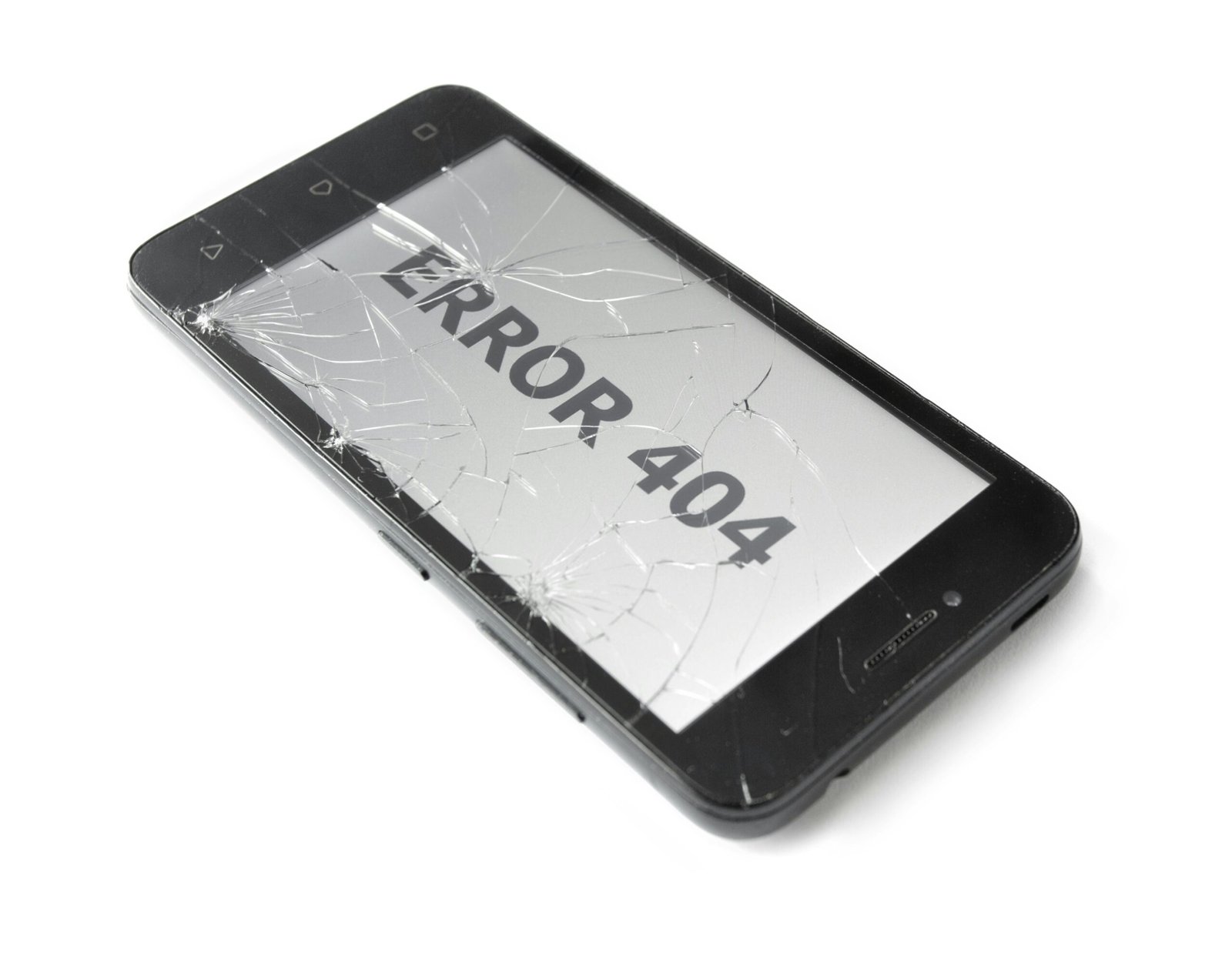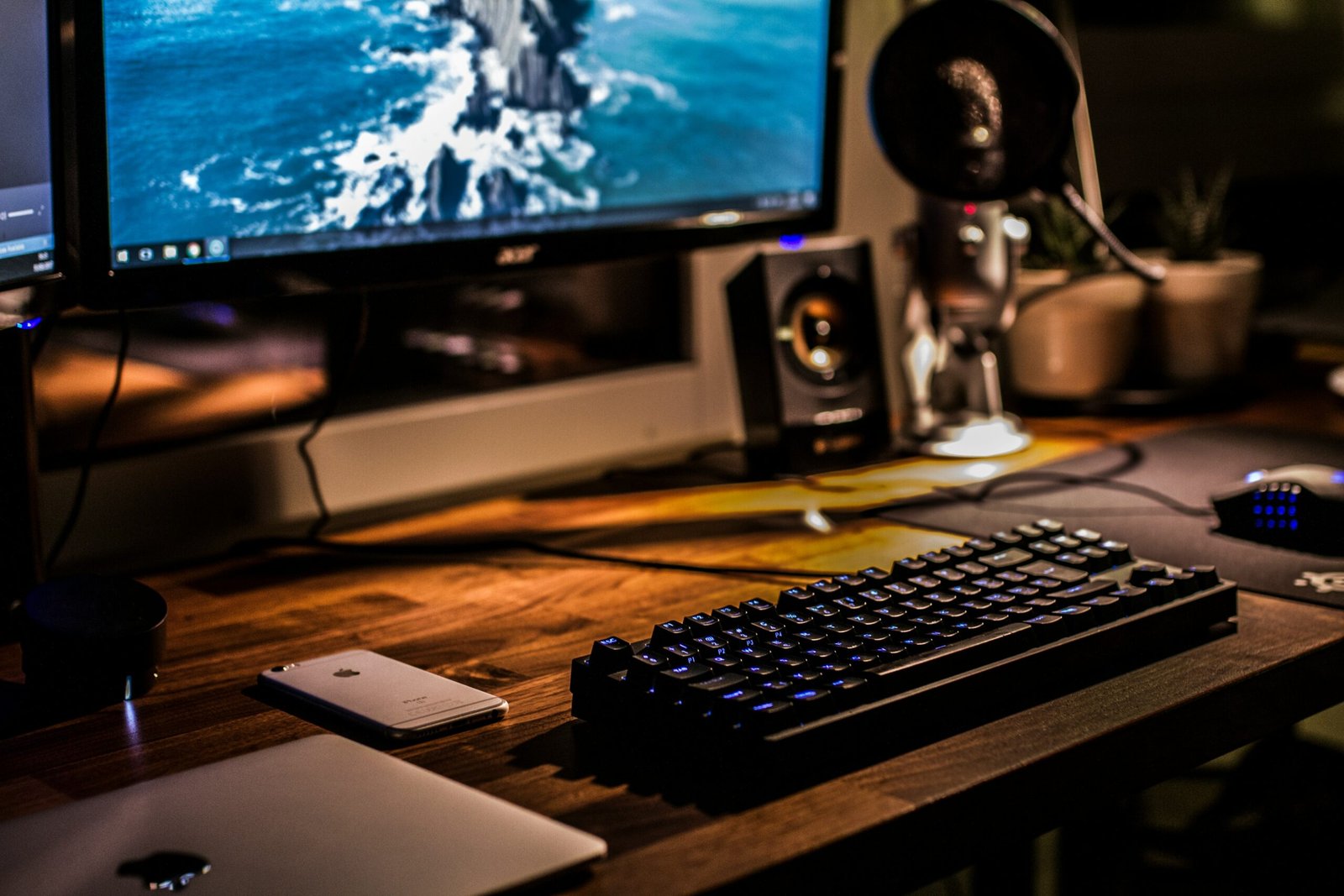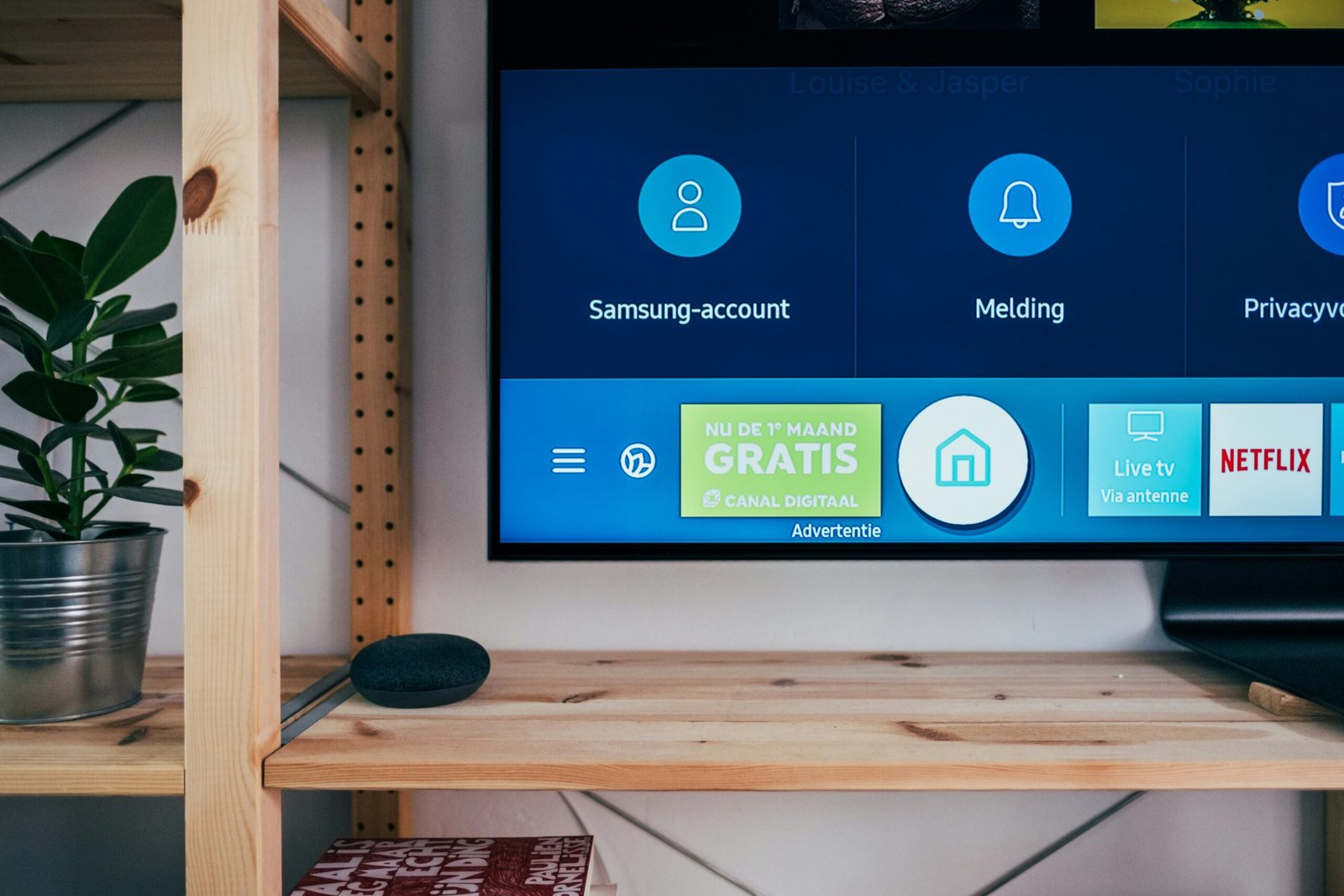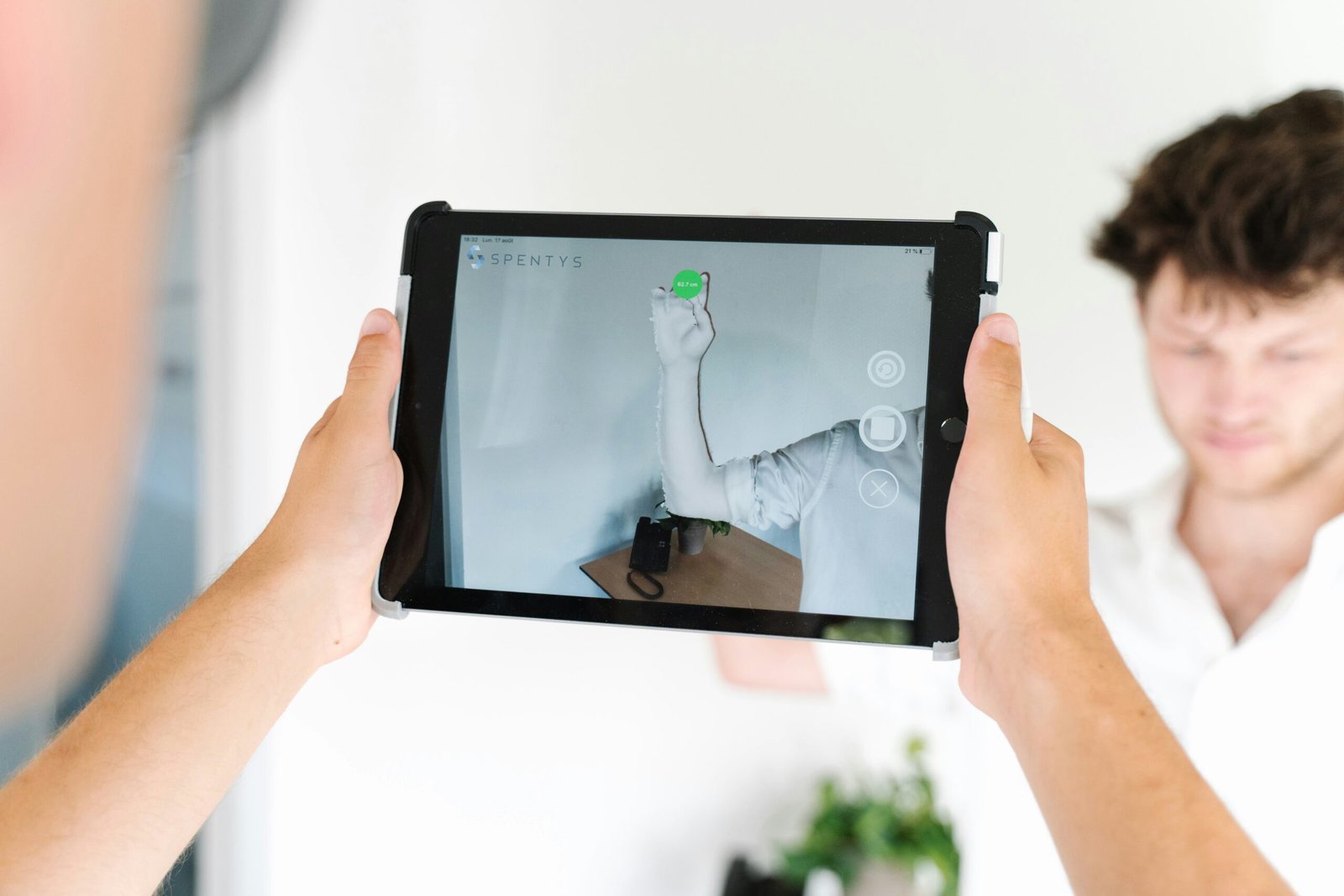Can You Fix a Damaged LCD Screen? A Comprehensive Guide
LCD (Liquid Crystal Display) screens are a ubiquitous component in modern electronic devices, ranging from smartphones and tablets to computer monitors and televisions. They work by utilizing liquid crystals to manipulate light and create images, offering a combination of sharpness, color fidelity, and energy efficiency that has become indispensable in daily life. Despite their widespread use and durability, LCD screens are not immune to damage.
Common ways an LCD screen can sustain damage include accidental drops, excessive pressure, exposure to liquids, and extreme temperatures. Such incidents often result in various types of impairments, including but not limited to cracked screens, dead pixels, discoloration, and unresponsive touch functions. Each type of damage has a distinct impact on the functionality of a device. For instance, a cracked screen might still display images but with compromised touch sensitivity, while dead pixels or discoloration can significantly detract from the visual experience.
Understanding the nature and extent of LCD screen damage is crucial, as it lays the groundwork for determining whether repair is feasible or if a complete replacement is necessary. The severity of the damage often dictates the course of action, influencing both the cost and complexity of the repair process. Users must weigh various factors, such as the age of the device, the cost of repair versus replacement, and the potential risks of attempting DIY fixes.
As we delve deeper into the subsequent sections, we will explore the different aspects of diagnosing and fixing damaged LCD screens. From simple troubleshooting tips to more advanced repair techniques, this comprehensive guide aims to equip you with the knowledge needed to make informed decisions regarding your damaged LCD screen. By the end of this guide, you will have a clearer understanding of the steps involved in addressing LCD screen damage and the practicality of different repair options.
“`html
Types of LCD Screen Damage
When dealing with LCD screens, it is crucial to understand the different types of damage that can occur. The most common forms of LCD screen damage include physical cracks, dead pixels, backlight issues, and water damage, each presenting unique challenges for repair and screen performance.
Physical Cracks: Physical cracks are perhaps the most apparent form of damage. They occur when an external force, such as dropping the device or an impact, compromises the integrity of the screen. Cracks can range from minor scratches to severe fractures, significantly affecting the display quality and often leading to a complete screen replacement.
Dead Pixels: Dead pixels are a frequent issue in LCD screens, characterized by non-responsive pixels that remain black regardless of the display content. This condition happens due to manufacturing defects or prolonged pressure on the screen. While a few dead pixels might not disrupt overall functionality, a significant number can hinder the viewing experience, making repairs necessary.
Backlight Issues: Backlight problems manifest as uneven brightness, dim screens, or the complete absence of light behind the LCD display. These problems often arise from issues with the backlight inverter or LEDs. Since the backlight is crucial for visibility, any malfunction can render the screen difficult to use, necessitating professional intervention to resolve.
Water Damage: Exposure to liquids can cause significant damage to an LCD screen, leading to short circuits and corrosion over time. Symptoms of water damage include blotchy, discolored areas, and erratic screen behavior. Immediate action is required to prevent further damage, often involving expert cleaning and dehumidifying procedures.
Each type of LCD screen damage affects functionality and visual performance differently. By identifying the specific damage, one can take appropriate steps towards repair or replacement, ensuring the longevity and usability of the device.
“““html
Diagnosing the Damage
Properly diagnosing the damage on an LCD screen is essential before considering repair or replacement options. The first step in this process is to identify the type and extent of the damage. Common issues with LCD screens can range from minor scratches and screen flickering to more severe problems such as dead pixels, vertical lines, or complete blackouts.
One of the simplest diagnostic tools is visual inspection. Turn on the device in a well-lit environment and carefully examine the screen. Look for any visible cracks or discolored areas. A cracked screen typically indicates physical damage, which is more challenging to repair. In contrast, dead pixels or lines might suggest internal or software issues, potentially easier to fix.
Another helpful method is utilizing screen diagnostic applications. Various software tools are designed to check for dead pixels or color inconsistencies. These applications display different colors and patterns, highlighting any underlying issues. Additionally, using the device’s built-in display test functionality, if available, can provide more detailed insights.
It’s crucial to distinguish whether the problem lies with the LCD screen or the associated hardware, such as the graphics card or motherboard. Connect the device to an external monitor. If the screen issues persist on the external display, the problem might be with the internal components rather than the LCD itself.
For minor issues such as scratches or smudges, simple cleaning with a microfiber cloth and appropriate screen cleaner might suffice. However, deeper issues like extensive cracks or significant pixel problems often indicate the need for professional repair or complete screen replacement.
Understanding the severity and nature of the damage guides the decision-making process. While some minor issues could be manageable at home, more complex problems typically require professional intervention. Adequate diagnosis ensures informed action, potentially saving time and costs associated with trial and error fixes.
“`
DIY Repair Options
When dealing with a damaged LCD screen, various do-it-yourself (DIY) repair options are available. These methods can be particularly useful for addressing minor issues without resorting to professional repair services. Among the most common problems that can be tackled at home are dead pixels and minor cracks.
Fixing Dead Pixels
Dead pixels can be a frustrating issue, but they are often fixable with some patience and the right approach. Begin by gently rubbing the area around the dead pixel with a soft cloth to see if this reactivates the pixel. If that does not work, there are software tools available that can help activate the dead pixel by cycling through different colors rapidly. It’s advisable to follow detailed instructions that often come with such software to ensure the method is applied correctly.
Repairing Minor Cracks
Minor cracks in an LCD screen can sometimes be managed with commercial repair kits, which typically include clear resin and a curing film. To use these kits, start by cleaning the screen thoroughly to remove dust and debris. Apply the clear resin to the cracked area and gently smooth it out using the provided tools. Follow the manufacturer’s instructions to cure the resin, usually involving exposure to direct sunlight or a UV light source for a specified duration.
Safety Precautions
It’s essential to prioritize safety during these repairs. When handling the screen, always wear antistatic gloves to prevent any accidental discharge that could further damage the LCD. Additionally, ensure the device is powered off and unplugged throughout the repair process. Using a well-lit, stable workspace is equally important to avoid any mishaps.
Necessary Tools
The tools required for these repairs are generally straightforward. For dead pixels, a soft cloth and pixel-fixing software are often sufficient. For minor cracks, commercial repair kits come equipped with everything needed, including resin, curing film, and application tools. Additional items such as a small screwdriver might be necessary to remove any surrounding casing or protective covers, depending on the device type.
By carefully following these DIY approaches, many minor LCD screen issues can be addressed effectively. However, for more significant damage or if the repair appears beyond one’s comfort level, consulting a professional is recommended.
When to Seek Professional Help
While some minor LCD screen issues can be addressed with DIY methods, certain signs indicate when it’s time to seek professional help. Recognizing these indicators can save you not only time and frustration but also prevent further damage to your device.
One of the most obvious signs that professional intervention is necessary is severe screen damage. If the LCD screen displays large cracks, deep scratches, or spiderweb-like patterns, these are clear indications that the damage is beyond simple repair techniques. Additionally, if you observe widespread discoloration, black spots, or non-responsive touch areas, these are often symptoms of underlying issues that require specialized tools and knowledge to fix.
Another situation warranting professional repair is when the screen exhibits flickering, unresponsive pixels, or inconsistent brightness levels. These signs are usually indicative of complex electrical or circuitry problems within the LCD panel. Attempting to fix these issues without the proper expertise can lead to further complications, including the potential hazards involving electrical components.
When selecting a professional repair service, there are several important factors to consider. One of the primary criteria is the presence of relevant certifications. A reputable repair service should employ technicians who are certified by recognized bodies in the electronics repair industry. Certifications such as those from the CompTIA or the Electronics Technicians Association (ETA) can be good indicators of a technician’s qualifications.
Additionally, customer reviews offer valuable insights into the reliability and quality of a repair service. Look for services with consistently positive feedback on platforms like Google Reviews, Yelp, or specialized electronics repair forums. These reviews often highlight aspects such as customer service, repair timeframes, and the overall satisfaction of previous clients, helping you make an informed decision.
Choosing the right professional repair service involves balancing credibility with practical considerations like cost and geographical convenience. Ensuring the technician’s certifications and scrutinizing customer reviews will guide you in identifying the most reliable and effective help for your damaged LCD screen.
Cost Considerations
When it comes to fixing a damaged LCD screen, understanding the cost considerations is crucial. The expenses associated with repairing an LCD screen can vary significantly based on several factors, such as the type of device, the severity of the damage, and the chosen repair method. Opting for a DIY repair, seeking professional services, or opting for a complete screen replacement can all affect the overall cost differently.
DIY repairs might initially appear to be the most cost-effective option. The primary expenses here would involve purchasing the required repair kits, tools, and replacement parts. While these costs are generally lower than professional services, there’s a considerable risk involved. The complexity of working with delicate LCD components means that if the repair isn’t executed perfectly, it could lead to further damage. This could potentially increase the overall expenditure, making DIY repairs a bit of a gamble.
Professional repair services, on the other hand, come with their own set of cost implications. These services typically charge for both labor and parts. The advantage here lies in the expertise that professionals bring, significantly reducing the risk of further damage. Most service providers also offer warranties on their work, adding a layer of financial security. However, the costs can be notably higher than DIY repairs, especially if the damage is extensive or if premium parts are required.
In some cases, complete LCD screen replacement might be the most viable option. The cost here is usually the highest compared to DIY and professional repairs. Screen replacements are more common in high-end devices where the quality and functionality of the screen are paramount. Factors such as the brand of the device, the size of the screen, and the availability of replacement parts can all influence the final cost. While this option ensures a restored device with a brand-new screen, it’s important to weigh it against the device’s overall value and consider if a new device might be a more economical choice in the long run.
Evaluating these cost considerations carefully can help in making an informed decision on the best approach to fix a damaged LCD screen. Each option has its benefits and drawbacks, and the choice largely depends on the individual circumstances and the extent of the damage.
Warranty and Insurance: Are They Worth It?
When considering the question of whether warranties and insurance are beneficial for covering LCD screen damage, it is essential to understand the scope and limitations of each type of protection. Both warranties and insurance policies can provide financial relief for LCD screen repairs, but their coverage varies significantly.
Manufacturers typically offer limited warranties, which may cover defects in materials and workmanship for a specific period, typically ranging from one to three years. However, these warranties often exclude accidental damage such as drops, spills, or cracks in the screen. Extended warranties can be purchased to continue this coverage beyond the standard period, but it is crucial to check whether accidental damage protection is included.
Accidental damage protection plans, offered by manufacturers or third-party providers, are specifically designed to cover incidents that result in a broken LCD screen. These plans tend to be more expensive than standard warranties but can be a cost-effective option if the likelihood of accidental damage is high.
Insurance policies, on the other hand, provide a broader range of coverage. Homeowners’ or renters’ insurance might cover electronics, including LCD screens, that are damaged due to specific incidents like theft, fire, or natural disasters. However, these policies generally have higher deductibles and may not cover accidental damage similarly to dedicated device insurance. Some specialized electronics insurance plans offer comprehensive protection, including accidental damage, but evaluating the premiums and coverage limits before committing is critical.
In assessing whether warranties and insurance offer a cost-effective alternative to out-of-pocket repairs, it is vital to consider the expense and frequency of LCD screen damage. Individuals who frequently travel or have young children might find the peace of mind provided by additional protection to be invaluable. Conversely, for those with a low risk of incidents, paying out-of-pocket for occasional repairs could be more economical.
Preventive Measures to Protect Your LCD Screen
Preventive care is essential in maintaining the longevity and performance of your LCD screen. Implementing a few simple practices can dramatically reduce the risk of damage, potentially saving you substantial repair or replacement costs.
One of the most effective preventive measures is the use of screen protectors. These thin sheets of plastic or tempered glass act as a shield against scratches, smudges, and minor impacts. By absorbing the initial force of a knock or drop, screen protectors can significantly diminish the likelihood of cracks or other severe damage to the LCD screen.
Equally important is the way you handle your device. Avoiding excessive pressure and handling the device gently can prevent unwanted stress on the screen. It is also advisable to carry your device in a secure, padded case when on the move, reducing the risk of accidental impacts.
Regular cleaning of your LCD screen contributes to its longevity. However, it is crucial to do this correctly to avoid unintentional harm. Use a soft, lint-free cloth, slightly dampened with a mixture of water and mild soap or a dedicated screen cleaning solution. Avoid using harsh chemicals or abrasive materials which can scratch or damage the screen surface. Always apply the cleaning solution to the cloth and not directly to the screen, as excess moisture can seep into the device and cause internal damage.
Adopting these preventive measures can greatly extend the life of your LCD screen, ensuring optimal performance and safeguarding your investment. By taking proactive steps to protect your screen, you are not only enhancing its durability but also avoiding potential disruptions and costs associated with repairs and replacements.







